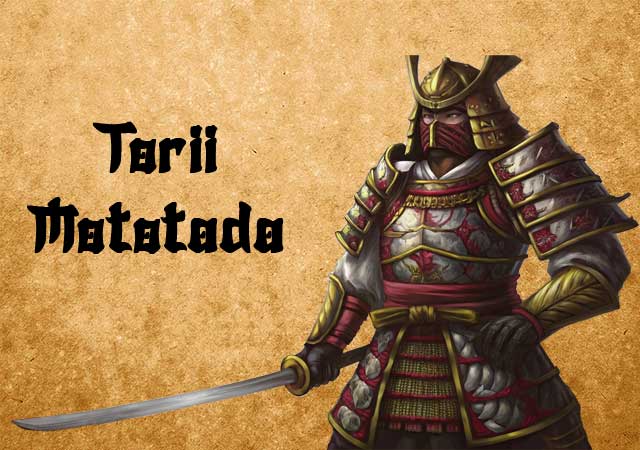
Torii Mototada (1539 – September 8, 1600) was a Japanese samurai and daimyo who lived through the Sengoku and late Azuchi–Momoyama periods. A loyal retainer of Tokugawa Ieyasu, he is best remembered for his heroic last stand at the Siege of Fushimi, an event that played a crucial role in shaping Japanese history.
Early Life and Service
Torii Mototada was born in Okazaki as the son of Torii Tadayoshi. As a child, he was sent as a hostage to the Imagawa clan, where he served Matsudaira Takechiyo (the young Tokugawa Ieyasu) as a page. After Ieyasu's return from Imagawa custody and his subsequent unification of Mikawa Province, Mototada rose to prominence as one of his most trusted generals.
In 1572, following his father’s death, Mototada succeeded as the head of the Torii family. Throughout his military career, he participated in several significant battles, including:
- Siege of Terabe Castle (1558)
- Battle of Anegawa (1570)
- Battle of Mikatagahara (1573), where he sustained leg injuries that impaired his mobility for life
- Battle of Suwahara Castle (1574)
During the Tenshō-Jingo War (1582), fought between the Tokugawa and Hōjō clans over control of Kai, Shinano, and Ueno provinces, Mototada played a critical role in repelling a Hōjō detachment of 10,000 troops attempting to encircle Tokugawa forces at the Battle of Kurokoma. Later, in 1585, he joined Ōkubo Tadayo and Hiraiwa Chikayoshi in the Siege of Ueda Castle against the Sanada clan, though their forces suffered heavy losses.
Following the Toyotomi-Hōjō conflict, he participated in the Siege of Iwatsuki Castle. After Ieyasu's relocation to the Kantō region, Mototada was granted a 40,000-koku fief in Shimōsa Province, making him a daimyo.
The Siege of Fushimi (1600)
With the death of Toyotomi Hideyoshi in 1598, a power struggle ensued between the Tokugawa faction and the Toyotomi loyalists, led by Ishida Mitsunari. By August 1600, spies informed Mototada that Mitsunari had assembled an army of 40,000 warriors to march against Fushimi Castle, a vital stronghold controlling access to the east. At the time, Date Masamune was defending against Uesugi Kagekatsu in the north, while Ieyasu rushed to Edo to gather his forces. The fate of Tokugawa’s campaign now rested on Mototada’s ability to hold Fushimi.
Despite being outnumbered 20 to 1, Mototada chose to remain at the castle with his 1,800 men, refusing to abandon his lord. When Mitsunari’s forces attacked, the defenders fought valiantly, holding out for 12 days and inflicting thousands of casualties on the enemy. As the castle fell, only 10 samurai remained, and they committed seppuku rather than surrender.
Legacy and Impact
Before his death, Mototada left a final letter to his son, Torii Tadamasa, emphasizing the Torii clan’s unwavering loyalty to the Tokugawa and instructing his descendants to serve the Tokugawa "in both ascent and decline" with humility, seeking neither power nor reward. His final words reflect the essence of the samurai code:
"It is not the Way of the Warrior to seek escape, even in times of peril... I will stand against the forces of the entire country here and die a resplendent death."
Mototada’s sacrifice bought Tokugawa Ieyasu the time he needed to rally his 90,000-strong army, leading to his victory at Sekigahara—one of the bloodiest and most decisive battles of the Sengoku period. This victory paved the way for Tokugawa rule over Japan, lasting 268 years.
Mototada’s seppuku at Fushimi remains one of the most celebrated acts of loyalty and honor in samurai history. Among his descendants was Ōishi Yoshio (1659–1703), the leader of the Forty-seven Rōnin, further cementing the Torii family's legacy in Japanese history.
See also
-
Tachibana Dosetsu
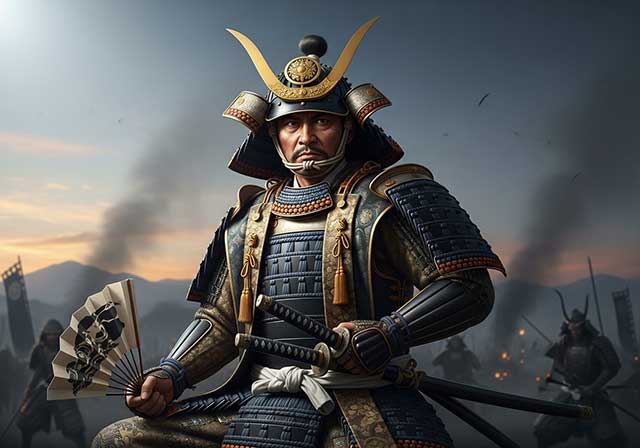
Tachibana Dōsetsu is the name by which Hetsugi Akitsura is more widely known; the name of this lineage is also found read as Hekki or Bekki. For a long period, Akitsura served the Ōtomo clan, the daimyō of Bungo Province, and took part in wars against the Ōuchi family, the principal enemies of the Ōtomo in northwestern Kyushu. In the 1560s, Akitsura seized the castle of the Tachibana clan, which had rebelled against the Ōtomo, and thereafter adopted the surname Tachibana. Around the same time, he took Buddhist vows and assumed the name Dōsetsu, which means “Snowy Road.”
-
Taira no Masakado
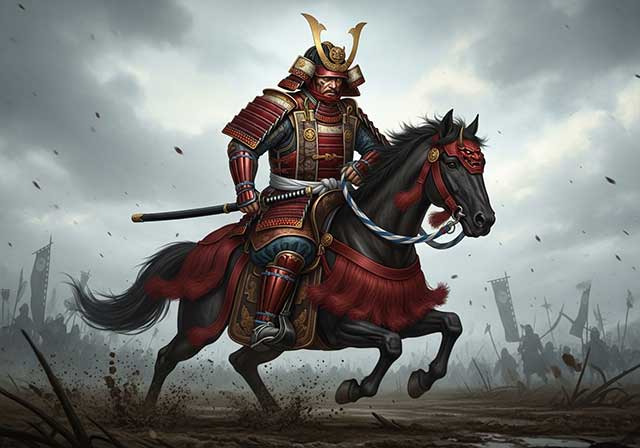
Taira no Masakado embodied the quintessential samurai of his era—self-assured, harsh, and unyielding. In his youth, he served in the palace guard and repeatedly proved his bravery while suppressing unrest. Thanks to these achievements, Masakado sought the post of chief of the capital’s military-police office (the kebiishi-chō), but he was rejected: by that time, nearly all court positions—now little more than privileged sinecures—were controlled by members of the powerful Fujiwara clan.
-
Sakakibara Yasumasa
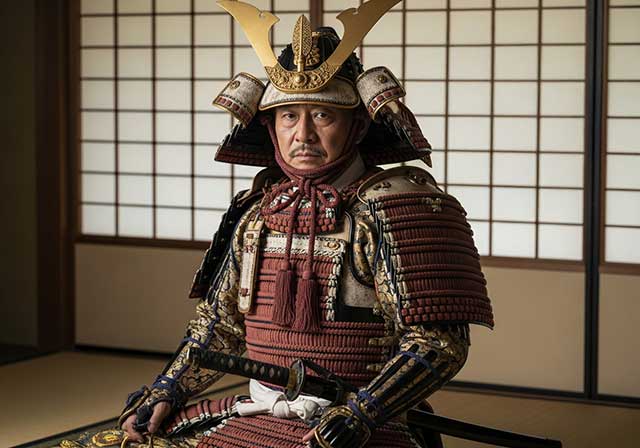
Yasumasa was the second son of Sakakibara Nagamasa and was born in Ueno in Mikawa Province. From a young age, he began serving Tokugawa Ieyasu and eventually rose to the position of one of his most trusted generals. His wife was the daughter of Osuga Yasutaka. Ieyasu first noticed the young Yasumasa during the suppression of the Ikkō-ikki uprising in Mikawa in 1564. Thanks to his demonstrated abilities, Yasumasa was granted the privilege of using the character “yasu”—the second character of Ieyasu’s own name—in his own. Although he was the second child in his family, he became his father’s heir, though the exact reasons for this remain unknown.
-
Sakai Tadatsugu
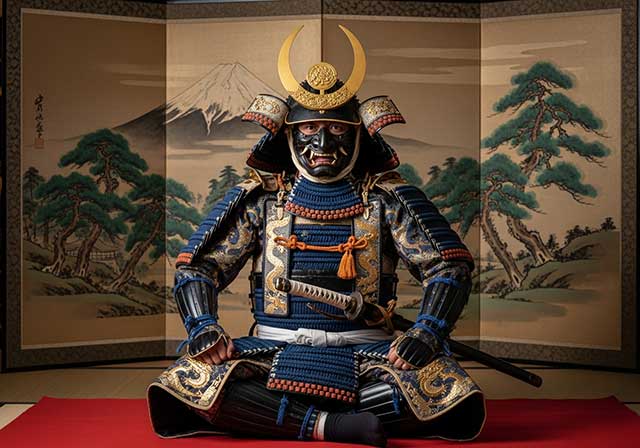
Tadatsugu was one of the most renowned generals serving Tokugawa Ieyasu. After Ieyasu broke ties with the Imagawa clan, Tadatsugu—an ardent supporter of this decision—was granted command of Yoshida Castle in 1565, which controlled the coastal road from Tōtomi to Mikawa. During the Battle of Mikatagahara in 1573, he held the right flank of the Tokugawa forces even when the troops sent by Oda fled under the assault of the Takeda army. In the Battle of Nagashino in 1575, he personally requested permission to carry out a night attack on the Takeda camp, which he executed brilliantly together with Kanamori Nagachika.
-
Ryuzoji Takanobu
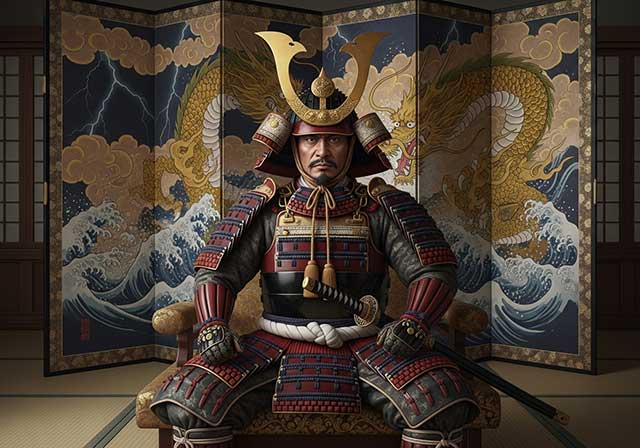
Takanobu was the eldest son of Ryūzōji Takaie and the great-grandson of Ryūzōji Iekane. His father was killed by a man named Baba Yoritiku in 1544. At a young age, Takanobu took Buddhist vows and received the monastic name Engetsu. However, around the age of eighteen, he returned to secular life, and in 1548, after the death of Ryūzōji Tanehide, he became the head of both branches of the Ryūzōji family.
-
Ouchi Yoshihiro
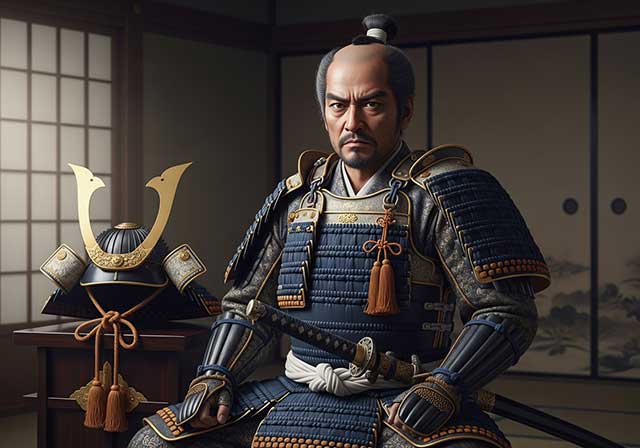
Ōuchi Yoshihiro was the second son of Ōuchi Hiroyo, who headed the Ōuchi clan in the western part of Honshu. In 1363, Shogun Ashikaga Yoshimitsu confirmed the Ōuchi family in the position of shugo of Suō and Nagato Provinces. In his youth, Yoshihiro assisted his father in strengthening the influence of the Northern Court on the island of Kyushu — they served under Imagawa Ryōsun, who had been tasked with subjugating the nine provinces of Kyushu.
-
Ouchi Yoshioki
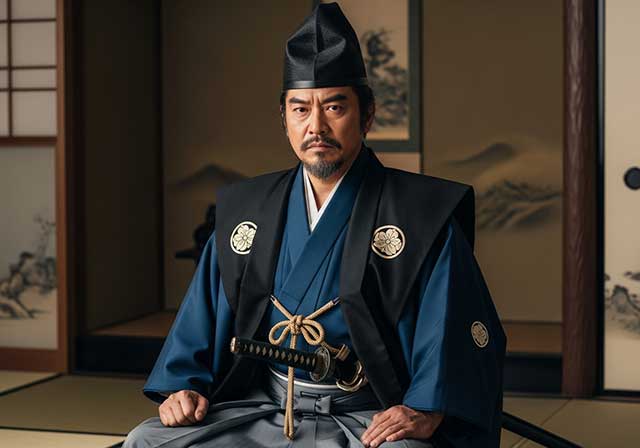
Ouchi Yoshioki, the ruler of the provinces of Suo, Nagato, and Iwami, was one of the most capable military commanders and politicians of the late 15th and early 16th centuries. The son of Ouchi Masahiro, he governed from his residence in Yamaguchi in the province of Suo. In 1499, Yoshioki gave refuge to Shogun Ashikaga Yoshitane, who had been driven out of Kyoto by Hosokawa Masamoto. Shogun Yoshizumi, Masamoto’s protégé, ordered the lords of Kyushu to unite their forces against Yoshioki; however, they did not dare to do so, fearing the power of a man who by that time controlled six provinces. Having gathered a substantial army, Yoshioki marched from his native Suo toward Kyoto in order to restore Shogun Yoshitane to power.
-
Otomo Sorin
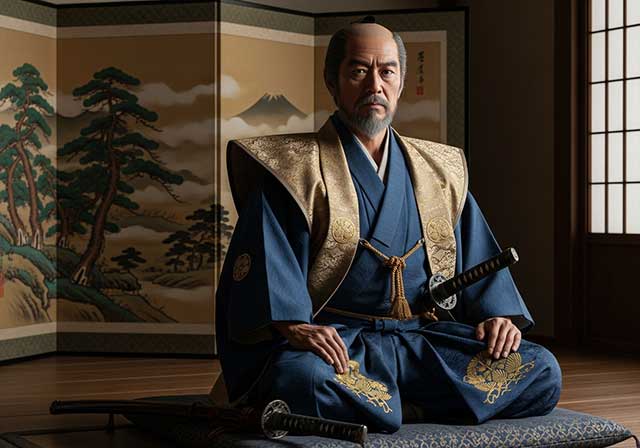
Ōtomo Yoshishige came from a noble lineage, being the eldest son of Ōtomo Yoshiaki, the ruler of Funai Province. The roots of the Ōtomo family traced back to Fujiwara Hidesato, the adopted son of Nakahara Chikayoshi. Fujiwara served Minamoto Yoritomo during the Genpei War and took part in battles in Mutsu Province in 1189. In 1193, he was appointed shugo of Buzen and Bungo Provinces, after which he adopted a new surname—Ōtomo.

